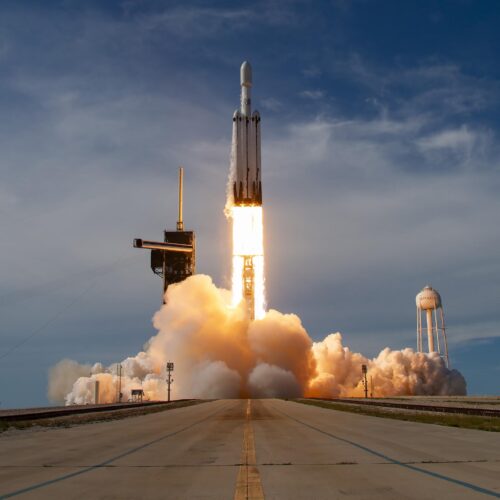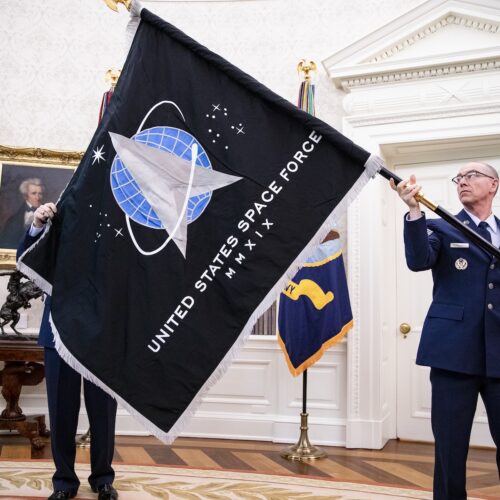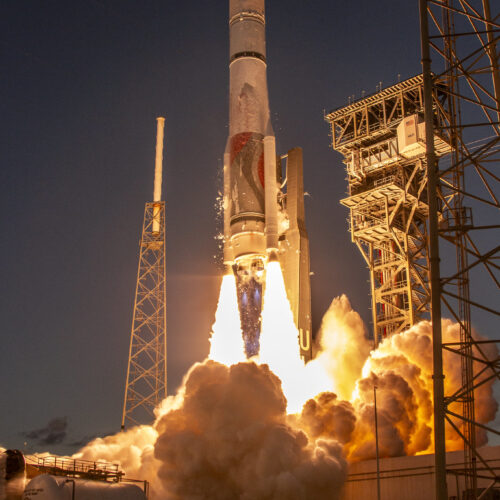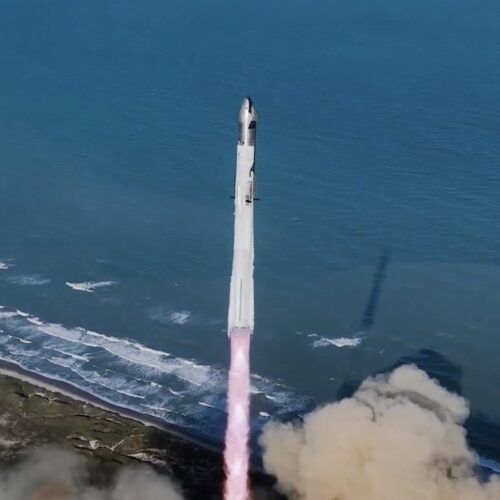With new contracts, SpaceX will become the US military’s top launch provider
The US Space Force announced Friday it selected SpaceX, United Launch Alliance, and Blue Origin for $13.7 billion in contracts to deliver the Pentagon's most critical military satellites to orbit into the early 2030s.
These missions will launch the government's heaviest national security satellites, like the National Reconnaissance Office's large, bus-sized spy platforms, and deploy them into bespoke orbits. These types of launches often demand heavy-lift rockets with long-duration upper stages that can cruise through space for six or more hours.
The contracts awarded Friday are part of the next phase of the military's space launch program once dominated by United Launch Alliance, the 50-50 joint venture between legacy defense contractors Boeing and Lockheed Martin.


© SpaceX






